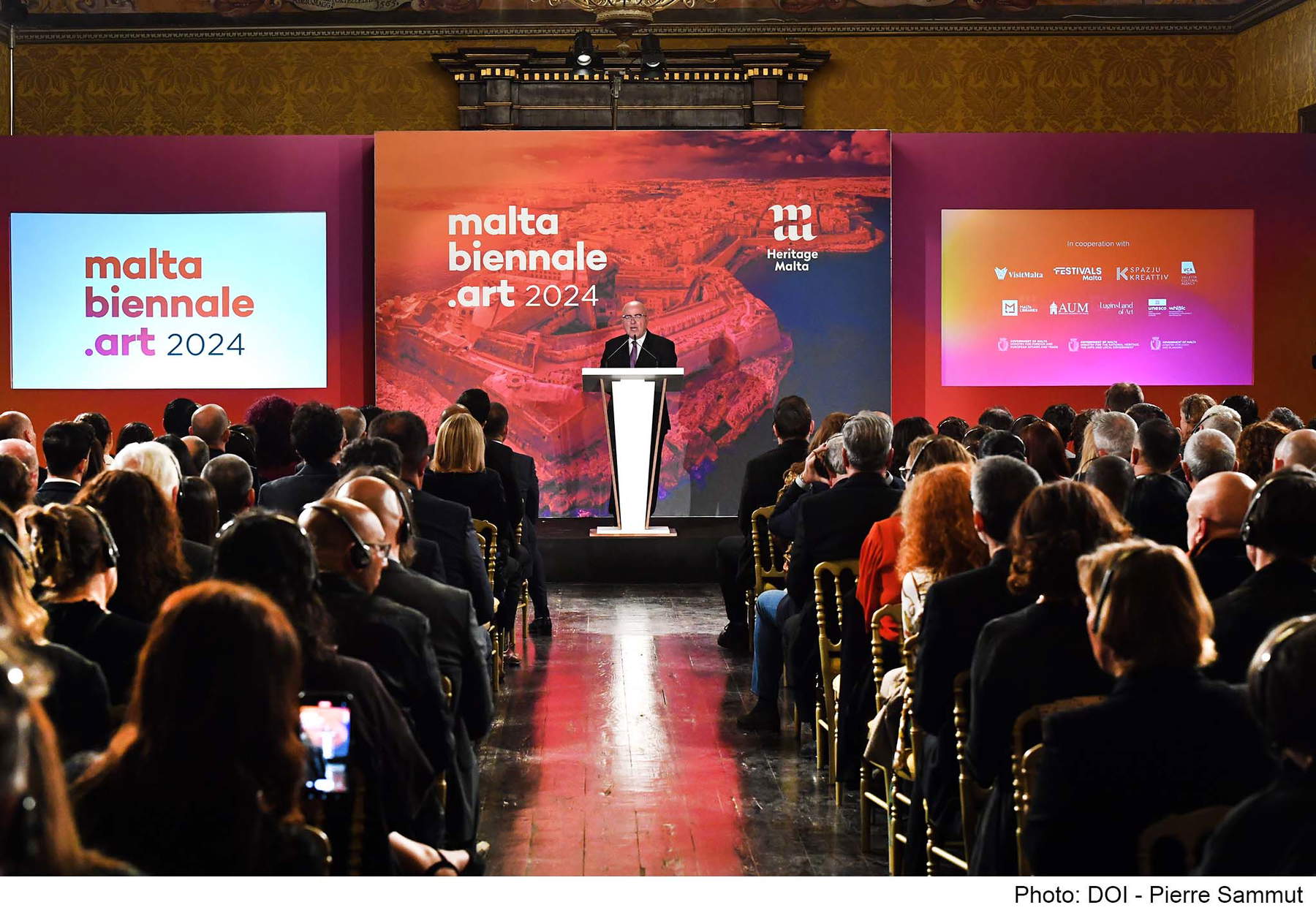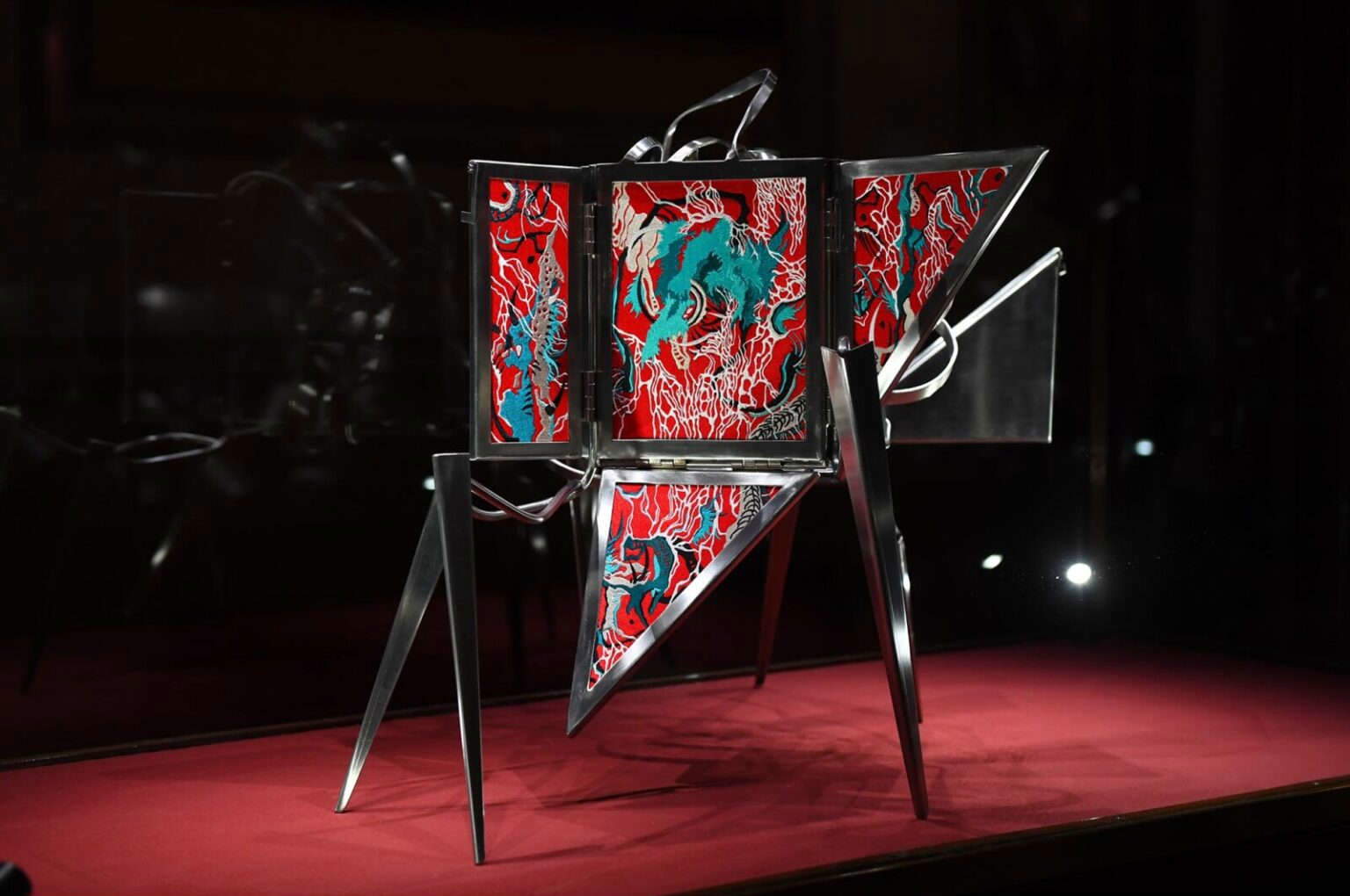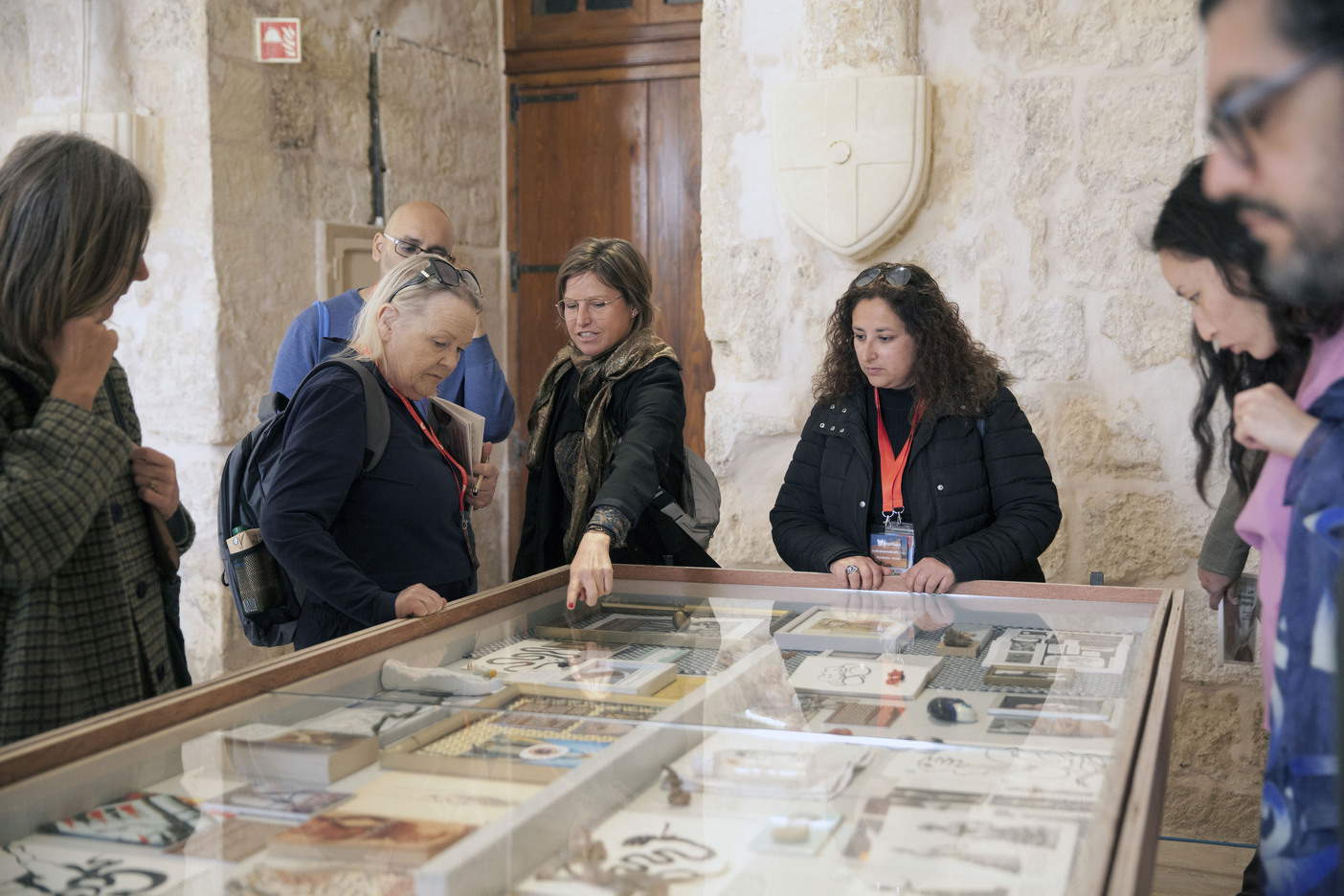Malta's first biennial opened under the banner of intercultural dialogue
The first Malta Art Biennial kicked off today, with which the Mediterranean archipelago burst onto the world artistic and cultural scene. The opening event took place in the Throne Room of the Town Hall, under the high patronage of the President of the Republic of Malta, the in the presence of Prime Minister Robert Abela, Minister for National Heritage, Arts and Local Government Owen Bonnici, Heritage Malta President Mario Cutajar, and the curator of this Biennial, Sofia Baldi Pighi.
The Art Biennial 2024 represents an organizational venture promoted primarily by Heritage Malta, MUÅ»A and the Maltese Arts Council, spanning a wide-ranging exhibition spread across the entire island of Malta as well as the island of Gozo. This event, scheduled from now until May 31, 2024, embraces a wide range of contemporary artistic expressions, all strictly dedicated to the theme proposed for this edition: Baħar abjad imsaÄ¡ar taż-żebbuÄ¡ (“The Olive Trees of the White Sea”), a poetic reminder of the beauty and vitality of the Maltese landscape.
From the more than 2,500 submissions received from 119 different countries, a sizeable contingent of more than one hundred artists was selected by the curator, each bringing a unique vision and artistic voice that gives substance to the theme of the event. The Biennial’s theme invites a deep and penetrating exploration of the concept of geographic and cultural centrality and marginality in the Mediterranean area, emphasizing the vital importance of intercultural dialogue that promotes mutual understanding and enrichment through diversity.
In an era marked by global challenges and tensions, the Biennale aims to stand as a beacon of hope, using culture and art as a bridge to a more harmonious and inclusive future. The works on display thus explore crucial themes such as migration, colonial history, the environment and memory, urging the viewer to think critically and participatively about the most pressing issues of our time.
This Biennale is not only meant to be a celebration of contemporary art, but also a statement of intent and a concrete commitment to promoting intercultural dialogue and global solidarity through artistic expression. With its rich history and unique location in the heart of the Mediterranean, Malta has always been an important center of creativity and innovation, a crossroads of cultures and identities that intertwine and mutually enrich each other. Against this backdrop, the Malta Art Biennale aims to reaffirm the crucial role of art in shaping our world in profound and meaningful ways, inviting the public to consider the issues, of urgent relevance, that artists raise through their works.


 Inauguration of the Malta Biennial
Inauguration of the Malta Biennial Inauguration of the Malta Biennial
Inauguration of the Malta BiennialThe titles of the thematic areas were divided and organized on the exhibition venues as follows:
Can You Sea? The Mediterranean as a Political Body: Armory (Birgu), Dock 1 (Bormla), Valletta Underground.
Decolonizing Malta: Polyphony is Us: Main Guard (Valletta), Tal-Pilar Church (Valletta), Auberge d’Aragon, (Valletta), Ä gantija Archaeological Park (Gozo).
The countervailing power of piracy: Gozo Citadel (including the Gozo Cultural Center and Grain Silos), Fort St. Elmo (Valletta).
The Mediterranean Matrix Archive: Grand Master’s Palace (Valletta), National Library (Valletta).
In addition to the thematic pavilions, the Malta Art Biennale 2024 also gave space to some more articulated projects presented by larger entities, organized as follows:
France Pavilion - Fort St. Angel, Birgu; Piazza Armerina (Sicily) Pavilion - Inquisitor’s Palace, Birgu; South Korea Pavilion - National Museum of Archaeology, Valletta: Ukraine, Italy, Spain and Poland Pavilions - Villa Portelli, Kalkara; Malta Pavilion - MUZA, Valletta; Austria and France-Germany Pavilions - Fort St. Elmo, Arches Square, Valletta; China Pavilion - Fort St. Elmo, Arms Square, Valletta.
The Malta Art Biennale is not limited to the exhibition of works, but is enhanced by a series of side events, including interactive workshops, seminars and meetings with the artists themselves. These events offer the public an opportunity to deepen their understanding of the works on display, explore the key themes of the event, and interact directly with leading figures in contemporary art. Significant recognition was given to the Biennial’s sponsorship by UNESCO, which highlighted the importance of the sites selected for the installations, many of which are part of Malta’s rich UNESCO heritage. This partnership demonstrates the Biennale’s commitment to promoting the preservation and enhancement of the world’s cultural heritage while celebrating contemporary creativity.
To make access to the Biennial even easier and more convenient, tickets can also be purchased online through two flexible formulas: single entry to visit a single site or the multipass formula that allows you to freely explore all event venues.
 |
| Malta's first biennial opened under the banner of intercultural dialogue |
Warning: the translation into English of the original Italian article was created using automatic tools. We undertake to review all articles, but we do not guarantee the total absence of inaccuracies in the translation due to the program. You can find the original by clicking on the ITA button. If you find any mistake,please contact us.





























